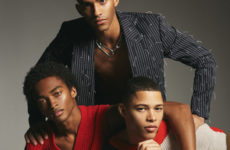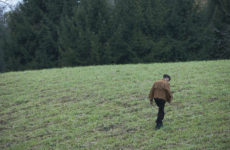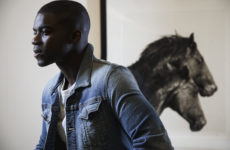Part showroom, part art gallery, part meeting space for the creative set, Cadillac House in Manhattan’s tony Soho neighborhood provided the airy space for Brett Johnson’s Fall 2017 presentation. This outing marked Johnson’s third time participating at New York Fashion Week and his first runway show.
Originally from Virginia, he used the majestic Blue Ridge Mountains as a point of inspiration for his earthy color palette. The majority of the garments crafted were made in shades of dark gray, chocolate brown, tan and navy with shots of sunrise yellow, lavender and pale sky blue that recalled misty landscapes lush with foliage.
Johnson’s proposal for the season was based on a layered, sporty look with slim turtlenecks beneath button-up shirts and cropped outerwear (like a beautiful black leather bomber jacket with contrast fur collar) over louche separates. In fact, most of the outerwear shown was cropped with iterations of baseball jackets and military jackets featuring patchwork leather components being the most prominent examples. Johnson himself said, “The mixed-media field jacket in a cotton-cashmere blend best represents the message of the entire collection,” when describing his favorite piece. Classic English footwear purveyor Gola completed the look with sneakers in the same muted shades as the clothes.
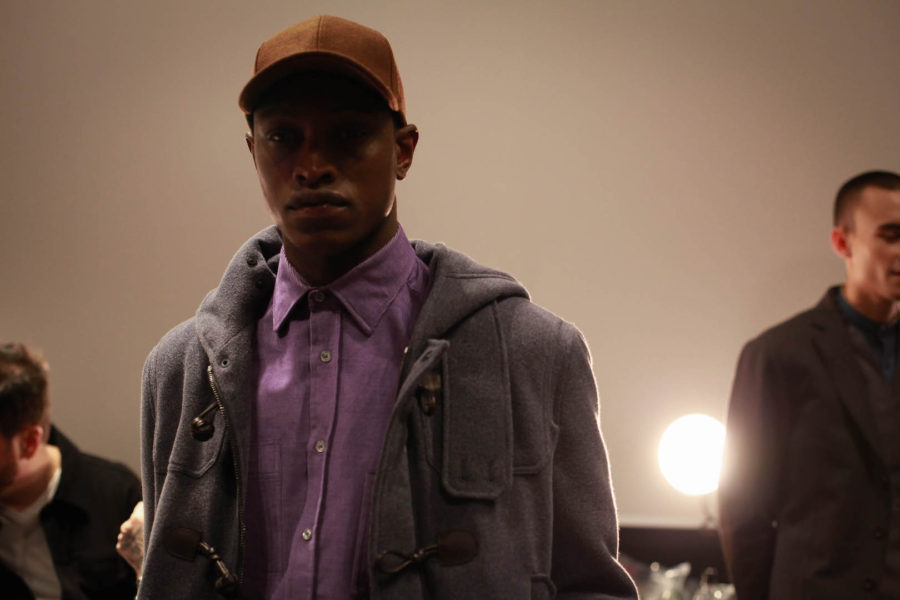
BRETT JOHNSON 2017 COLLECTION
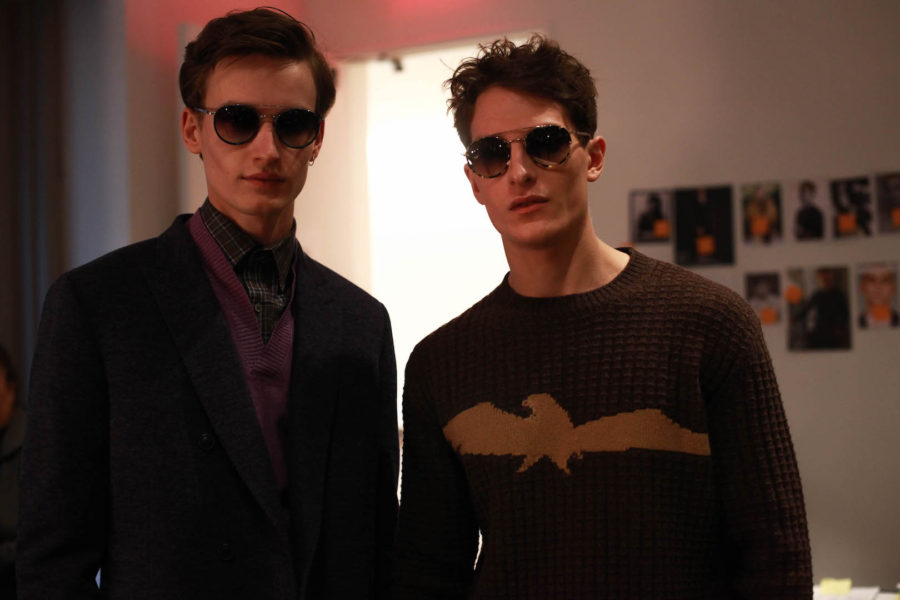
BRETT JOHNSON 2017 COLLECTION
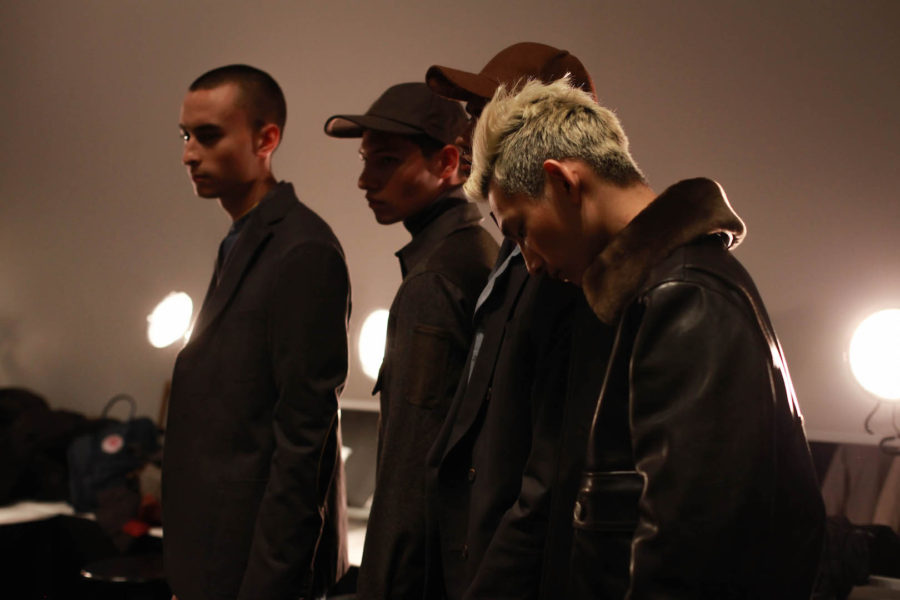
BRETT JOHNSON 2017 COLLECTION
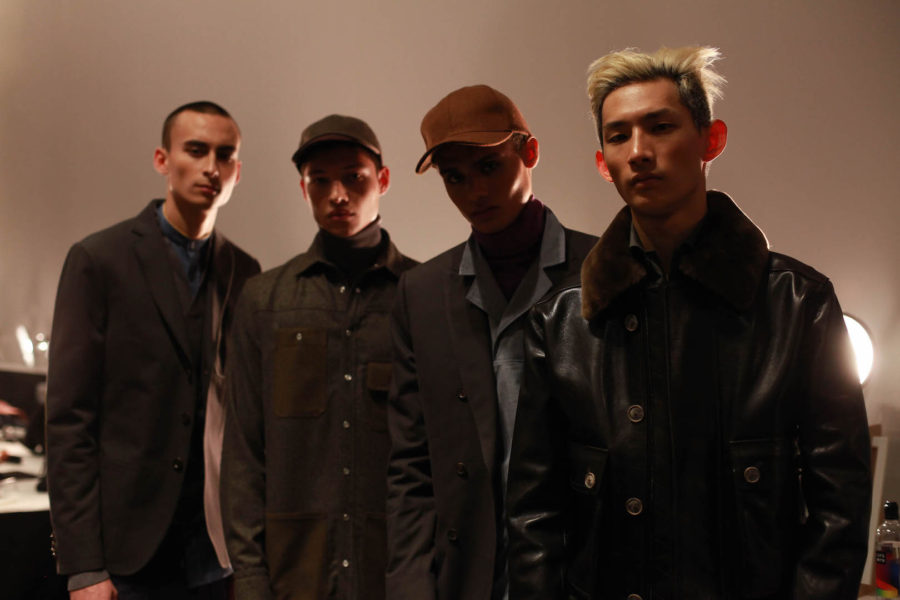
BRETT JOHNSON 2017 COLLECTION
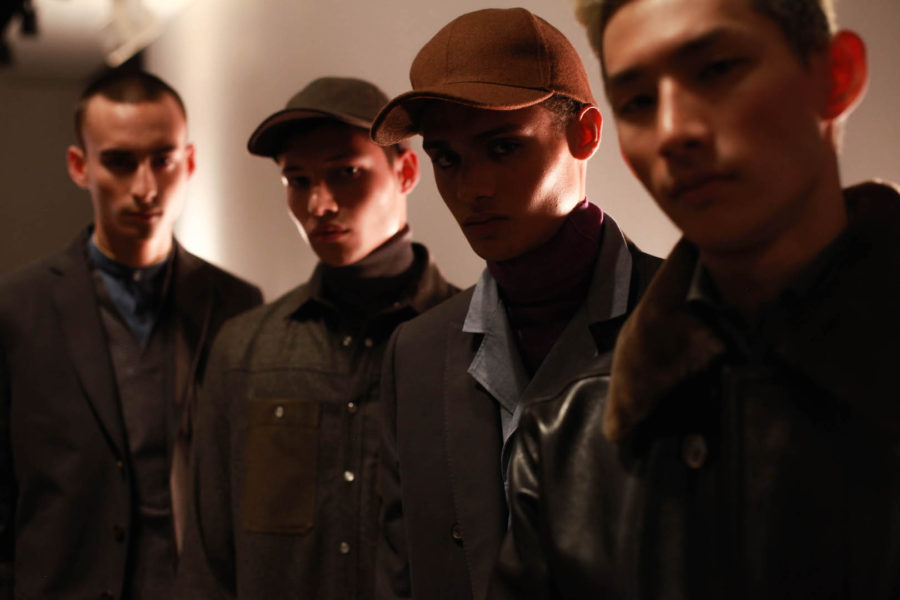
BRETT JOHNSON 2017 COLLECTION
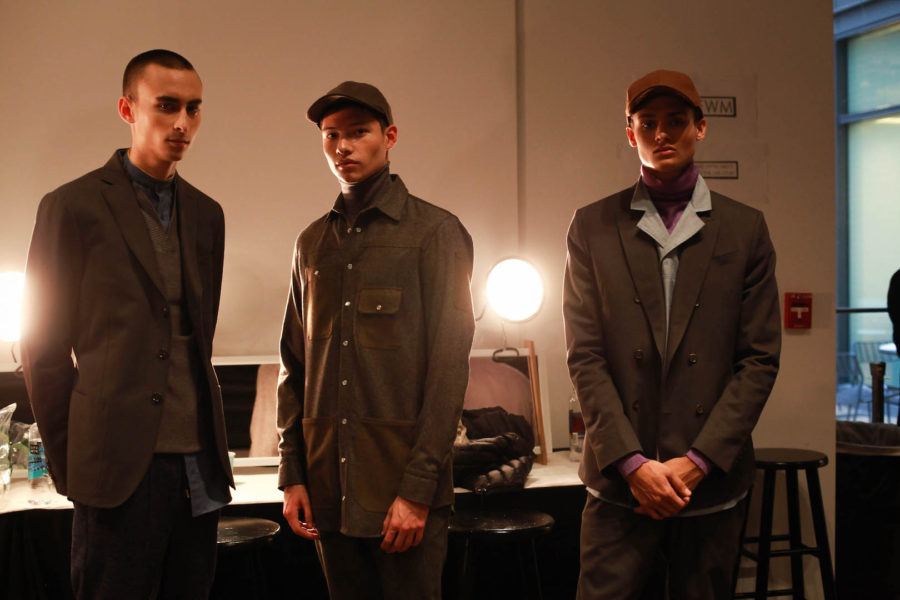
BRETT JOHNSON 2017 COLLECTION
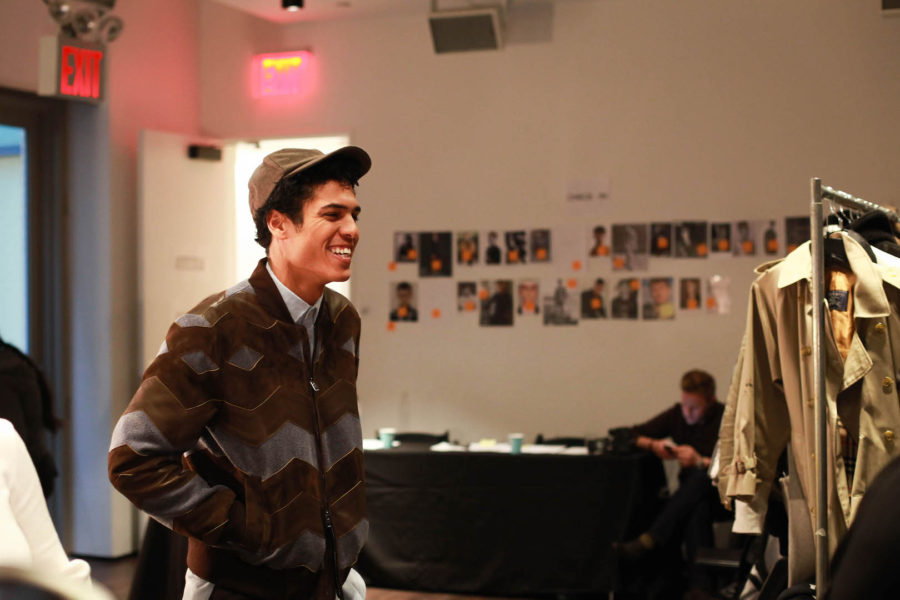
BRETT JOHNSON 2017 COLLECTION
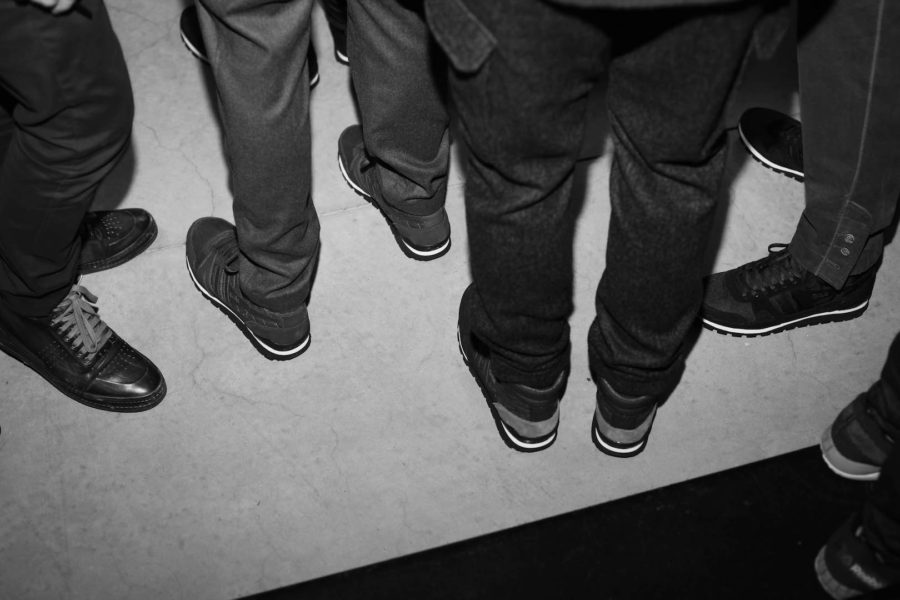
BRETT JOHNSON 2017 COLLECTION
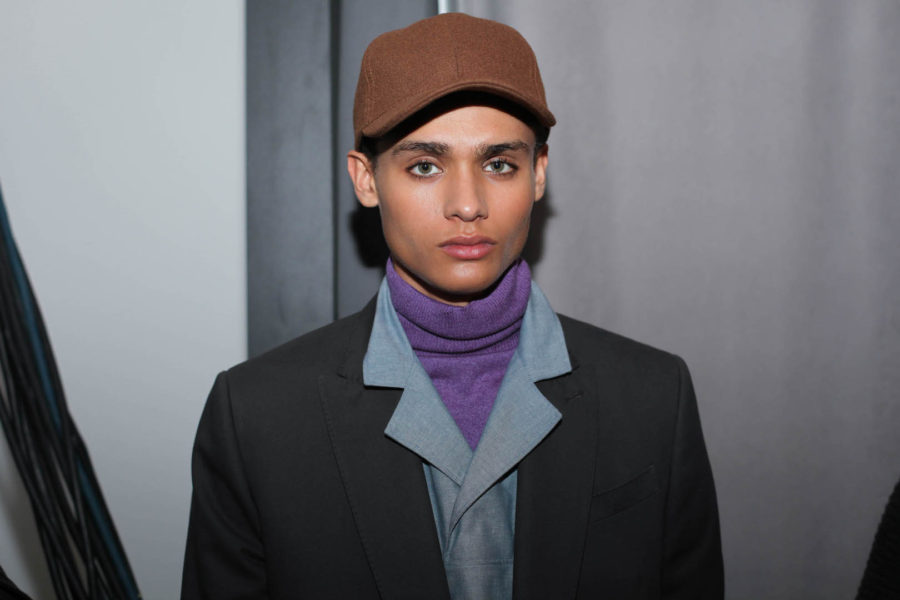
BRETT JOHNSON 2017 COLLECTION
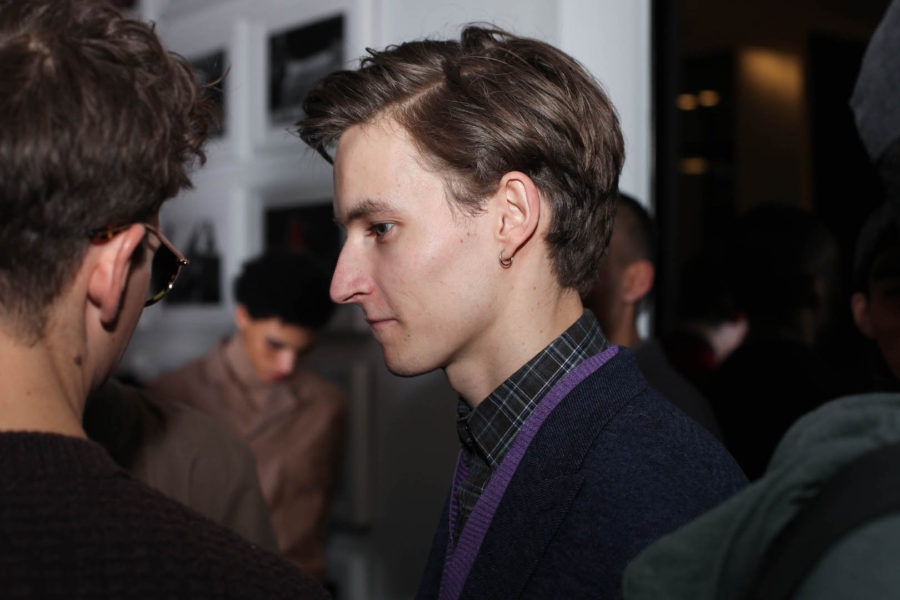
BRETT JOHNSON 2017 COLLECTION
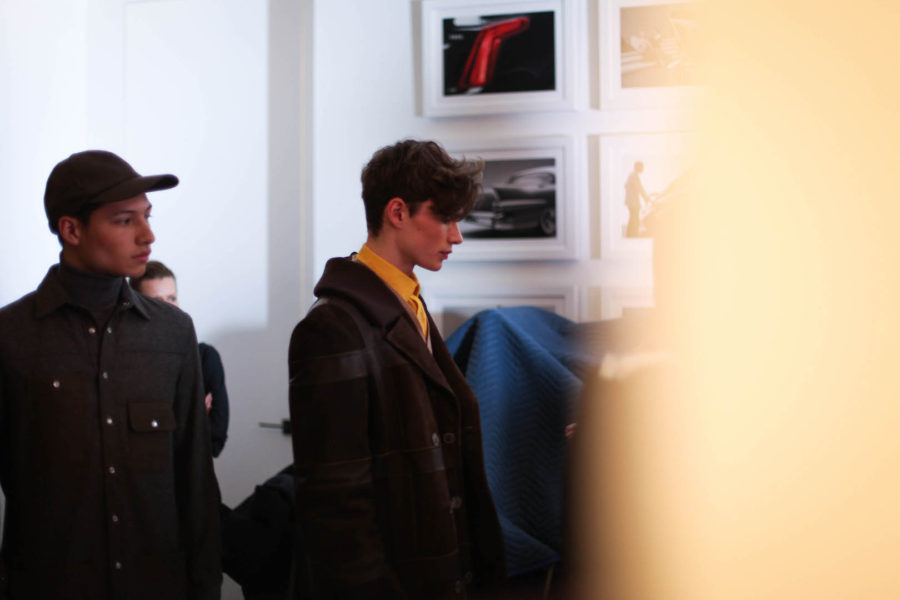
BRETT JOHNSON 2017 COLLECTION
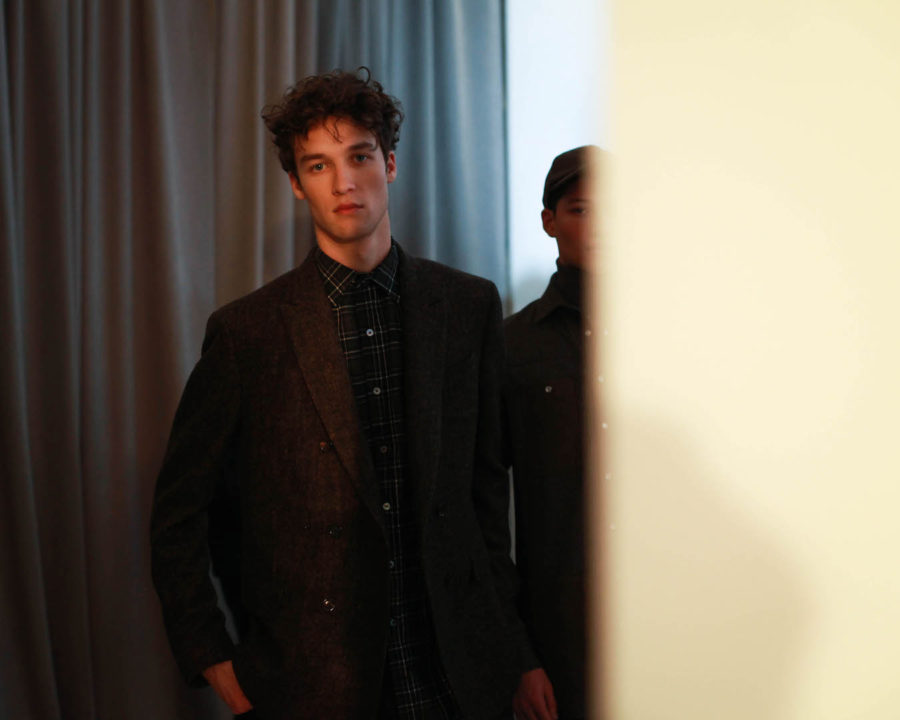
BRETT JOHNSON 2017 COLLECTION

BRETT JOHNSON 2017 COLLECTION
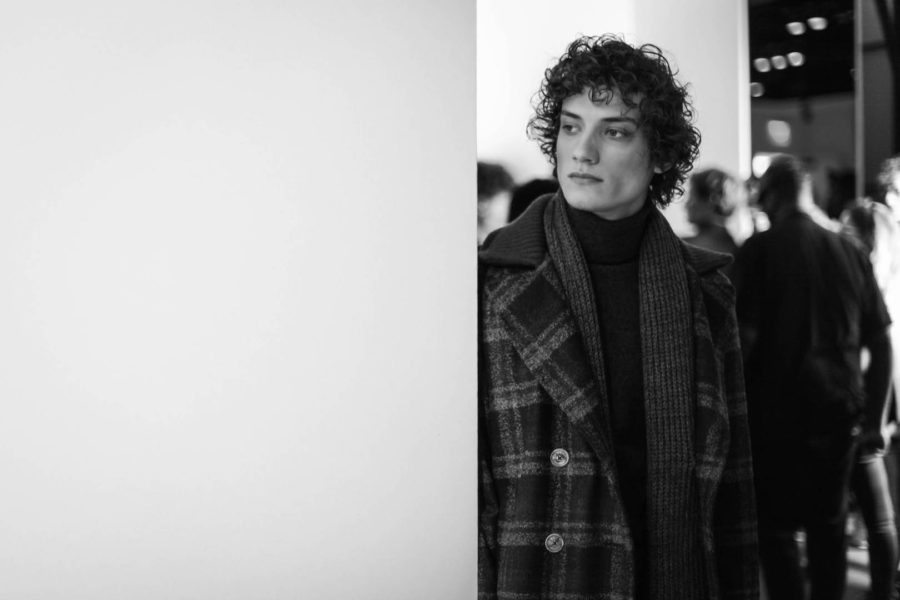
BRETT JOHNSON 2017 COLLECTION
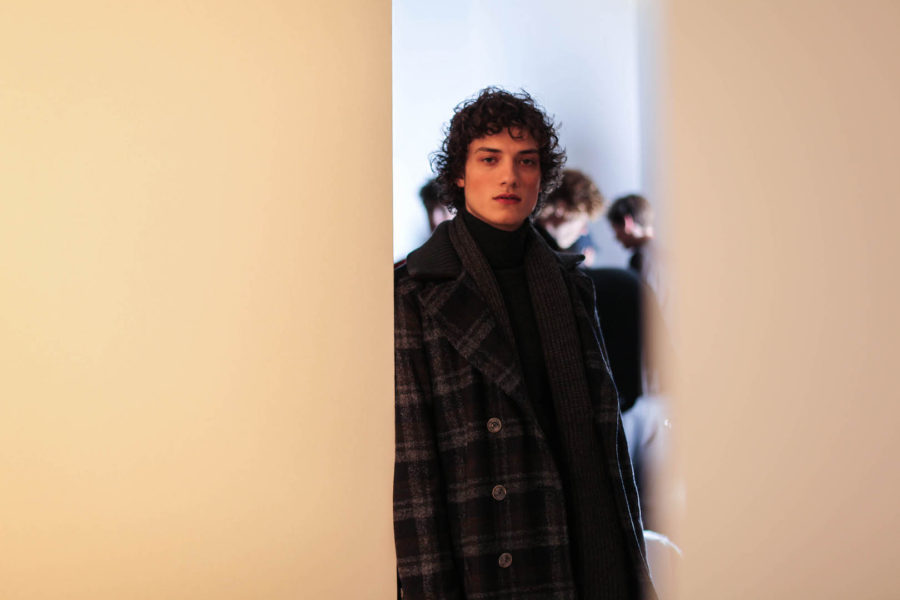
BRETT JOHNSON 2017 COLLECTION
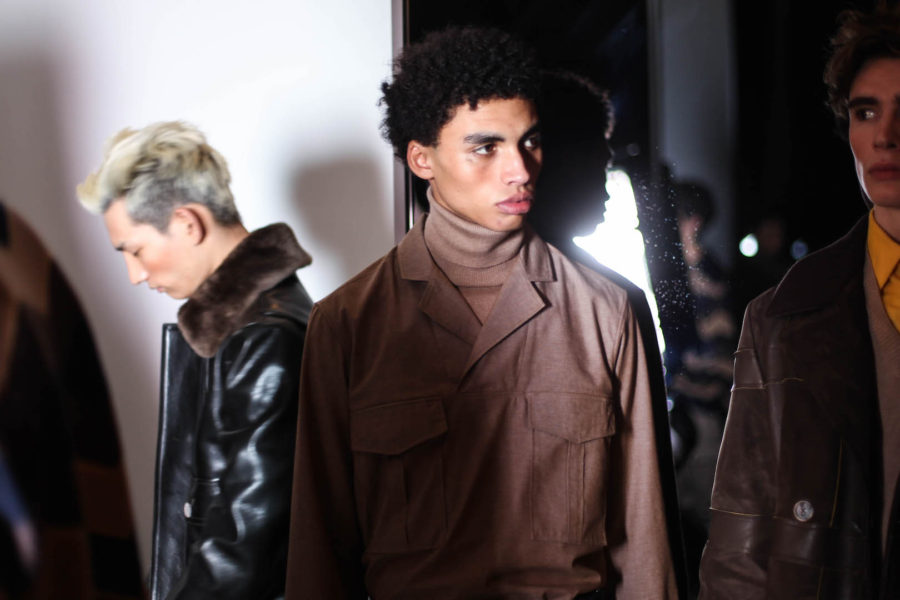
BRETT JOHNSON 2017 COLLECTION
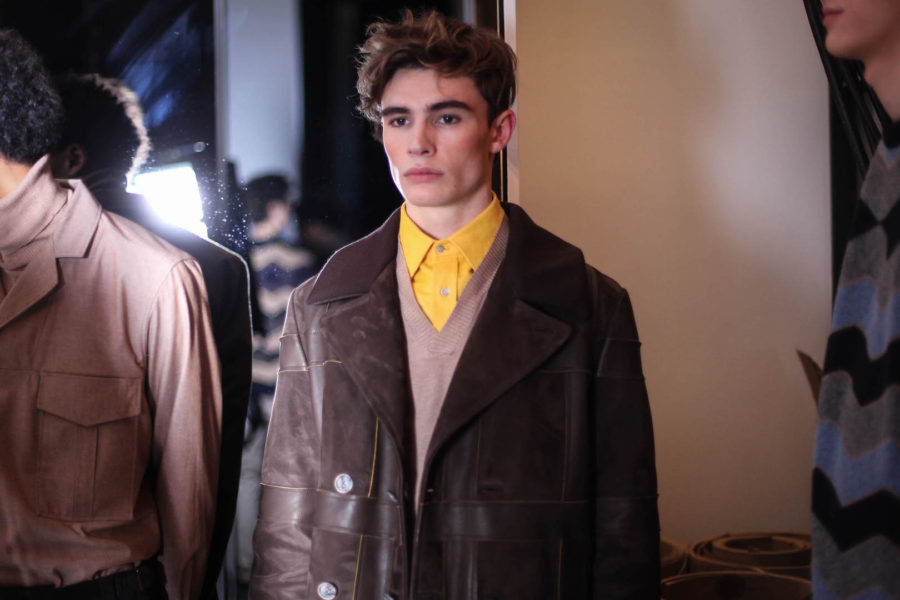
BRETT JOHNSON 2017 COLLECTION
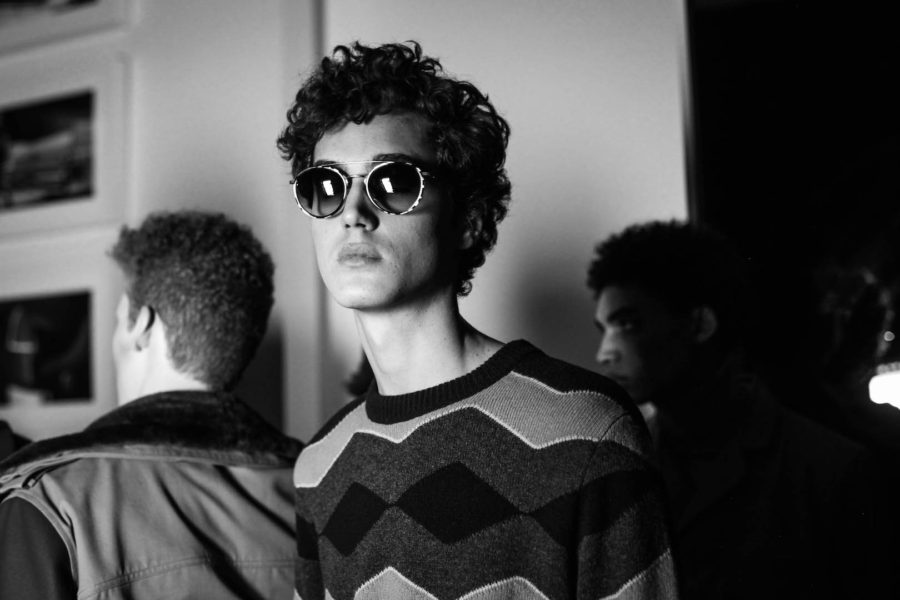
BRETT JOHNSON 2017 COLLECTION
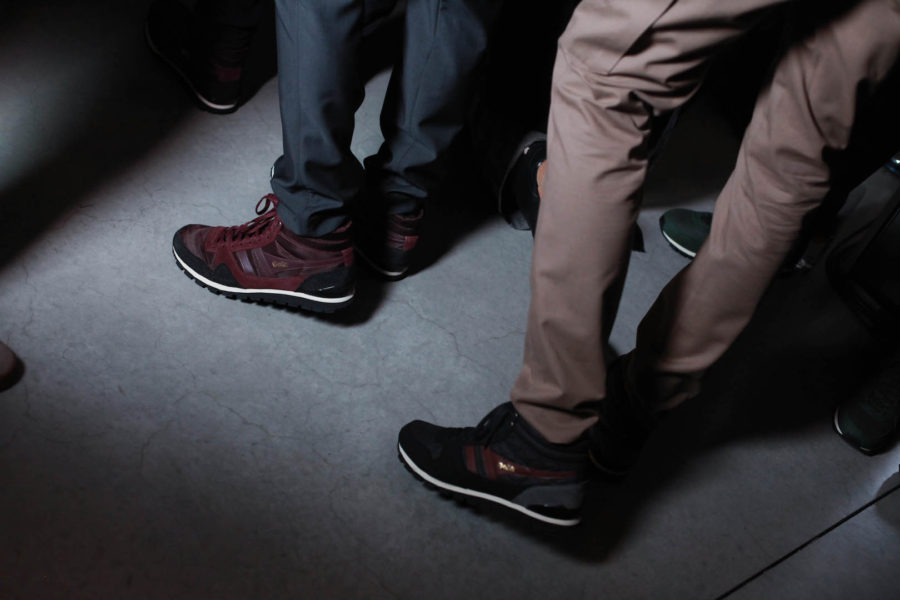
BRETT JOHNSON 2017 COLLECTION
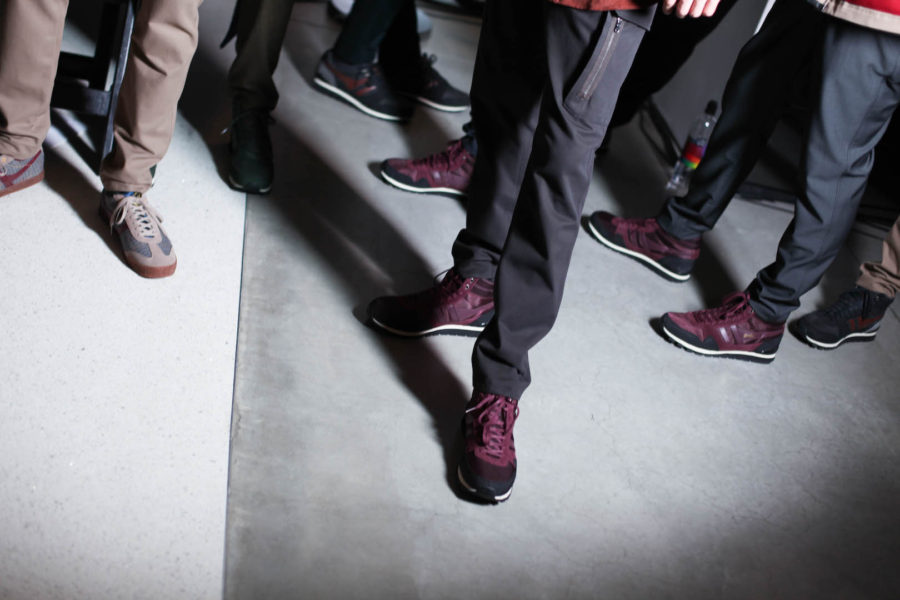
BRETT JOHNSON 2017 COLLECTION
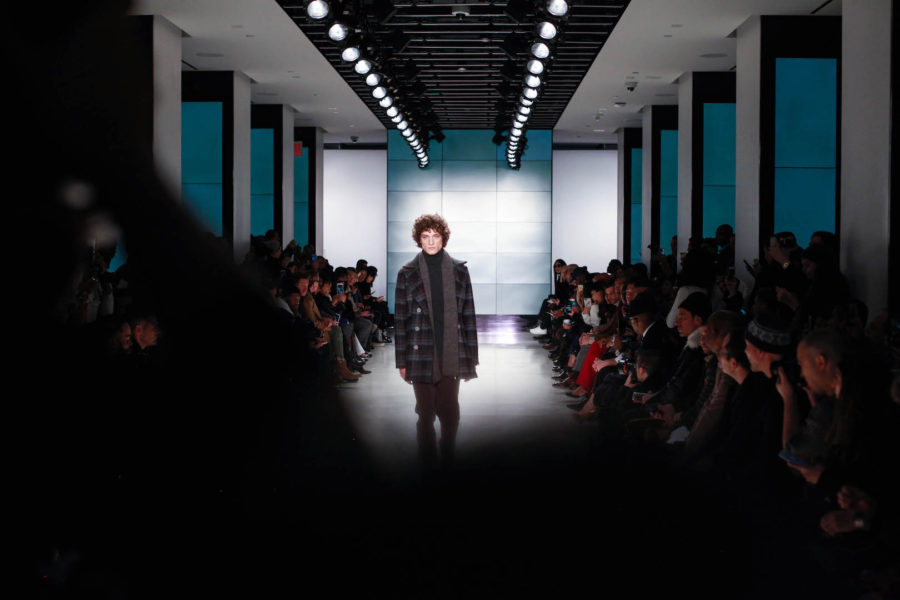
BRETT JOHNSON 2017 COLLECTION
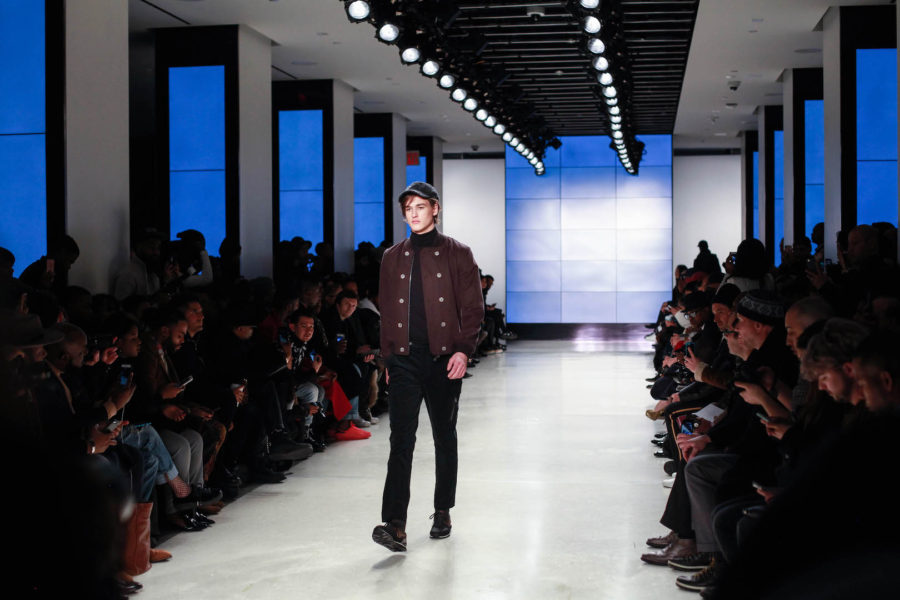
BRETT JOHNSON 2017 COLLECTION
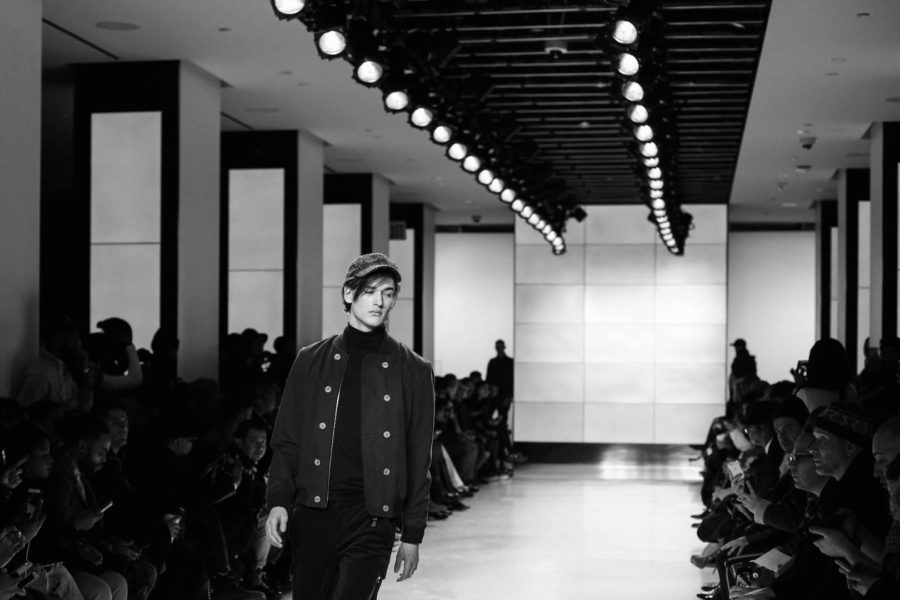
BRETT JOHNSON 2017 COLLECTION
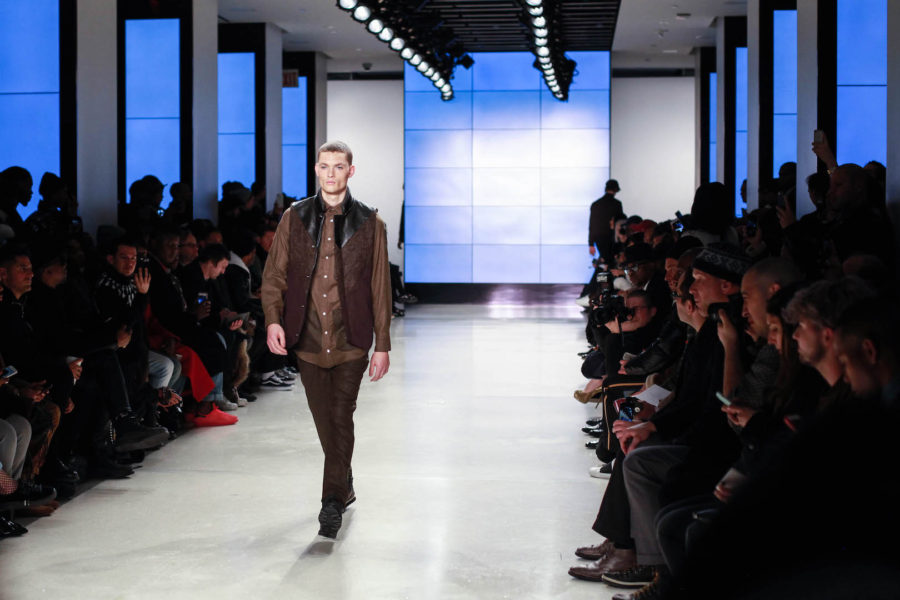
BRETT JOHNSON 2017 COLLECTION
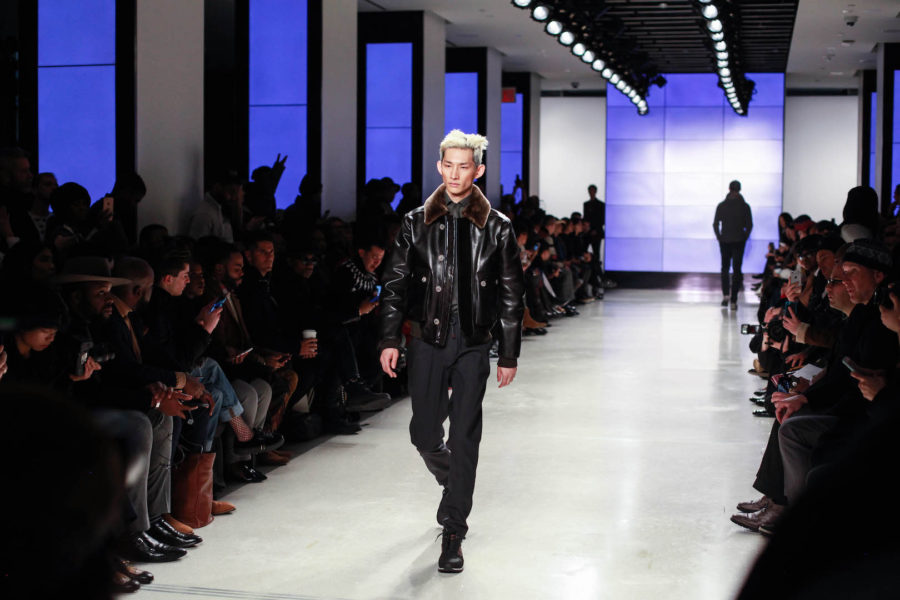
BRETT JOHNSON 2017 COLLECTION
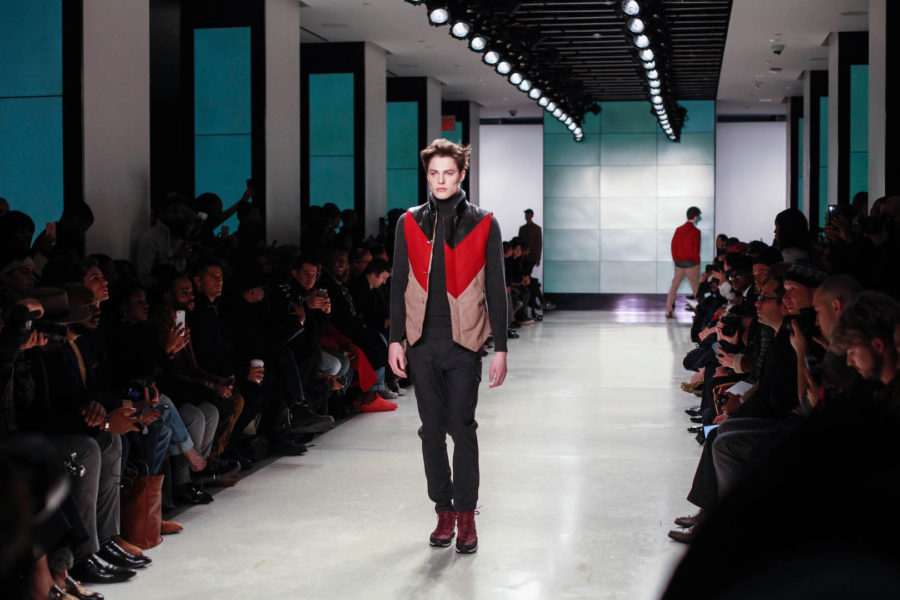
BRETT JOHNSON 2017 COLLECTION
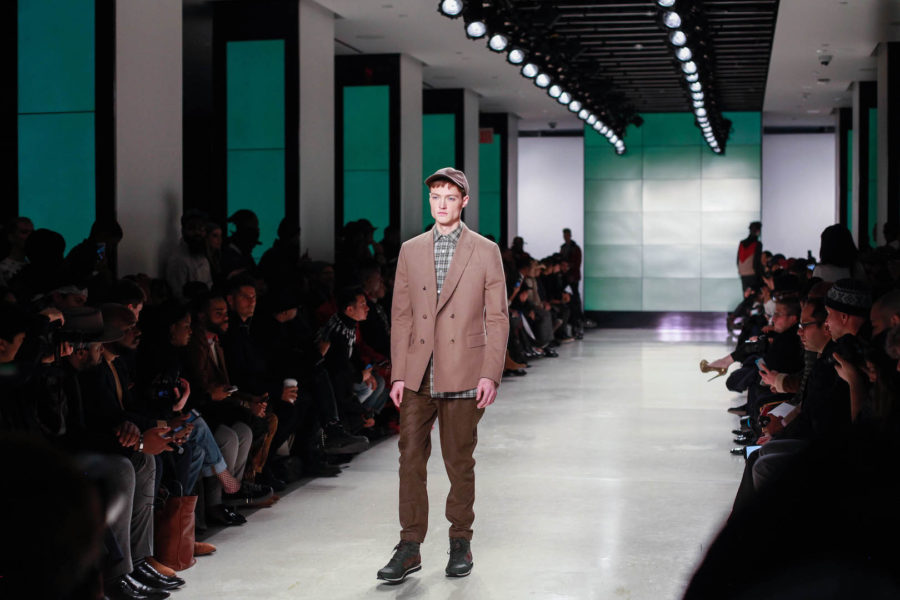
BRETT JOHNSON 2017 COLLECTION
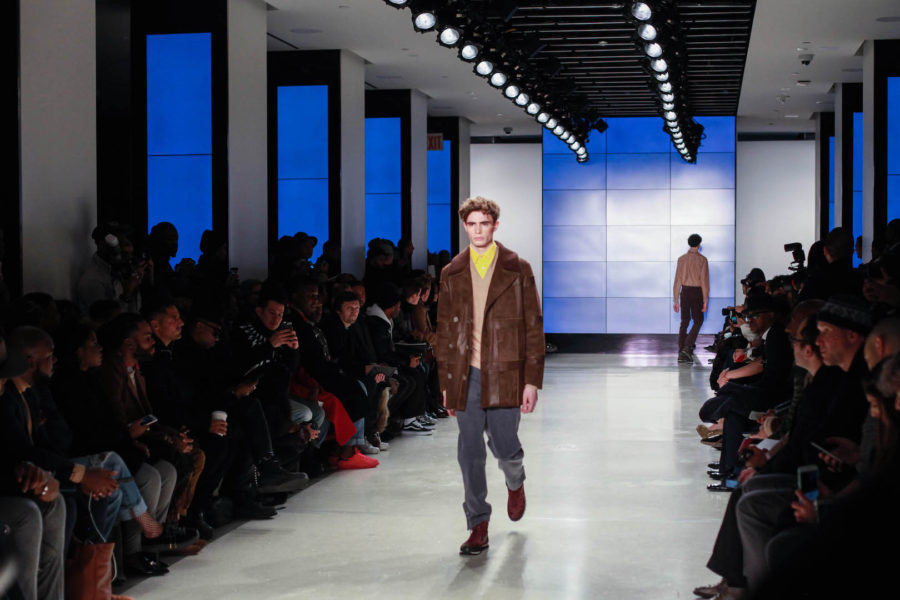
BRETT JOHNSON 2017 COLLECTION
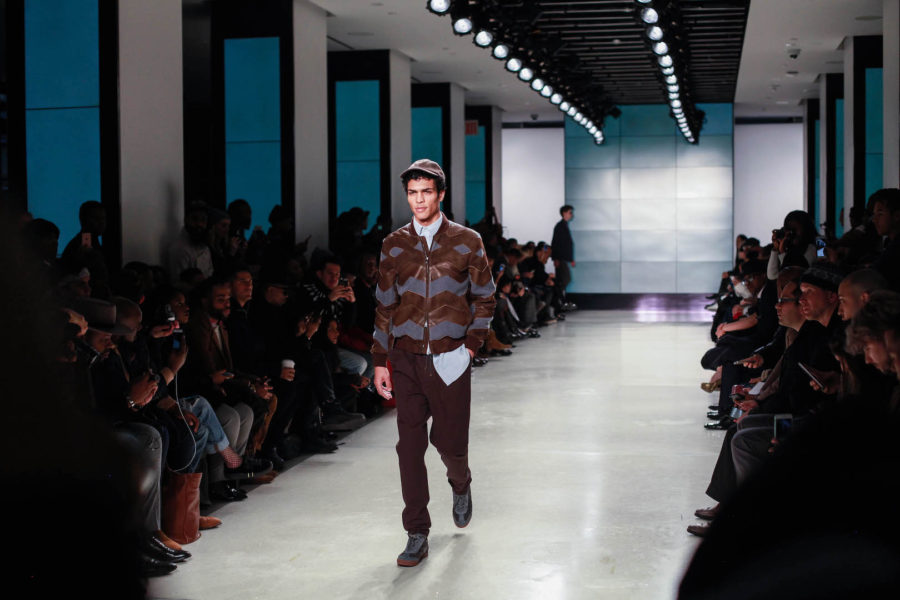
BRETT JOHNSON 2017 COLLECTION
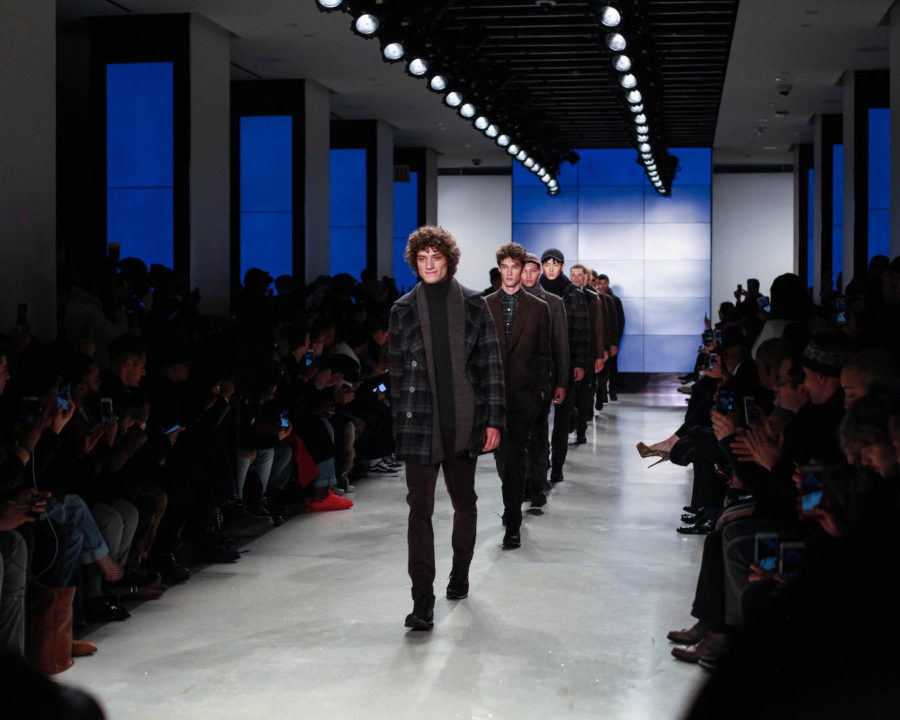
BRETT JOHNSON 2017 COLLECTION
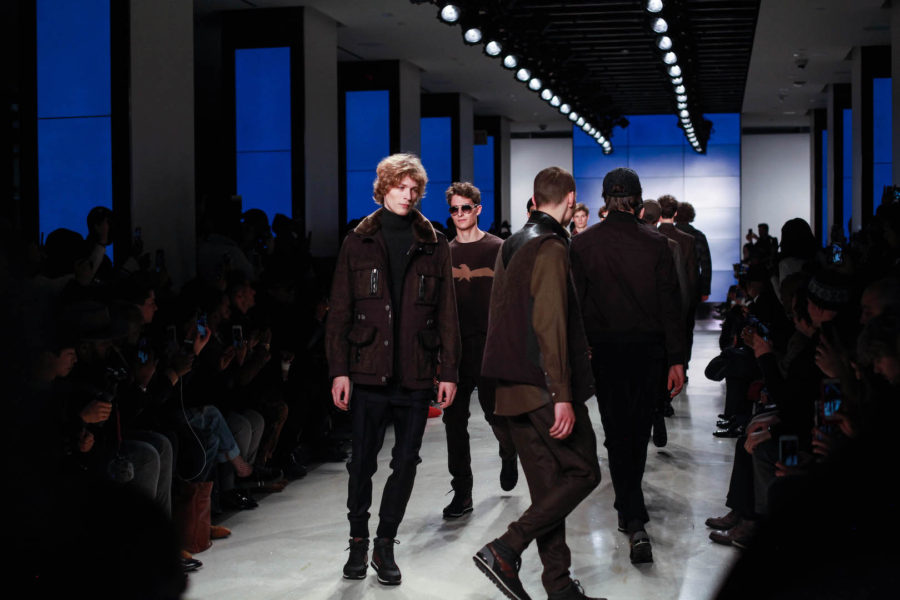
BRETT JOHNSON 2017 COLLECTION
Overall, the clothes were lovely and immensely wearable (no small accomplishment), but this presentation revealed just how much Johnson is still trying to find his footing. Though the collection is entirely crafted in Florence using exceptional materials, it didn’t seem to have a specific voice despite his efforts to create signatures via chevron vests or intricate suede patches. He has no formal training and while it certainly is not required, the results are a prime example of someone’s attempt to make something his own using surface-level alterations rather than questioning ideas from their foundations. I could have dropped a given look into any number of other collections from the week and even the most discerning eyes would be hard pressed to find it out of place. The clothes were nice, but they were not unique.
Johnson is a rare designer of color making things at the luxury level and the audience in attendance reflected his incredible social circles. A number of noted press, like The Washington Post’s Pulitzer Prize-winning Robin Givhan, and influential stylists were there, but the real showstopper was his extended family of close friends which was dressed to the nines in solidarity. I couldn’t help but notice that the models walking the runway seemed whitewashed in comparison. Johnson is in the difficult position of juggling his personal values and the pressure he must feel as one of the few black designers in fashion with his name above the door in a way that does not scare off an industry still remarkably skittish when it comes to issues of race and diversity.
If Mr. Johnson can manage to capture the energy of his persona and that of his cohorts, there may be no stopping the momentum of his label.
written by martin lerma

